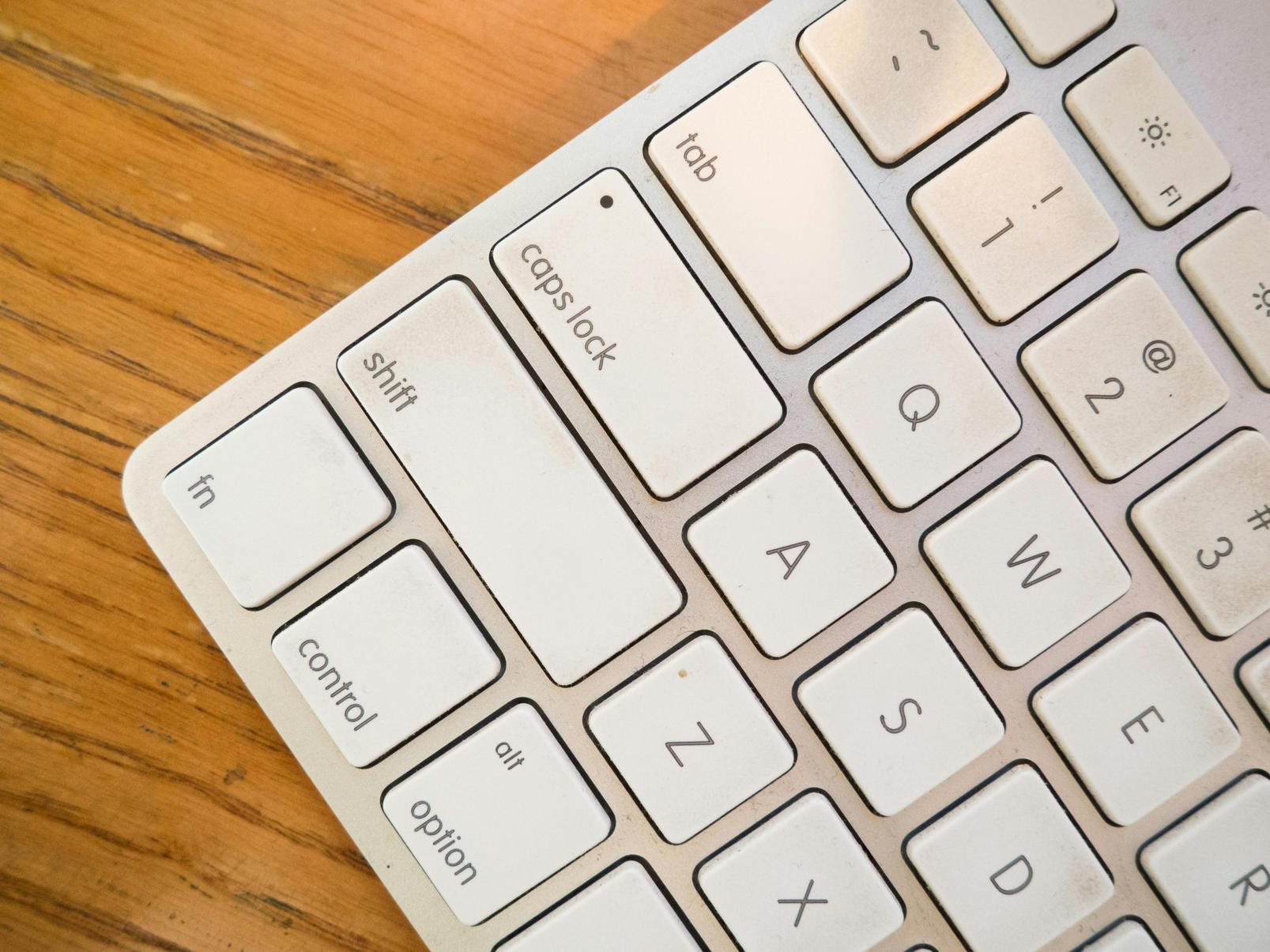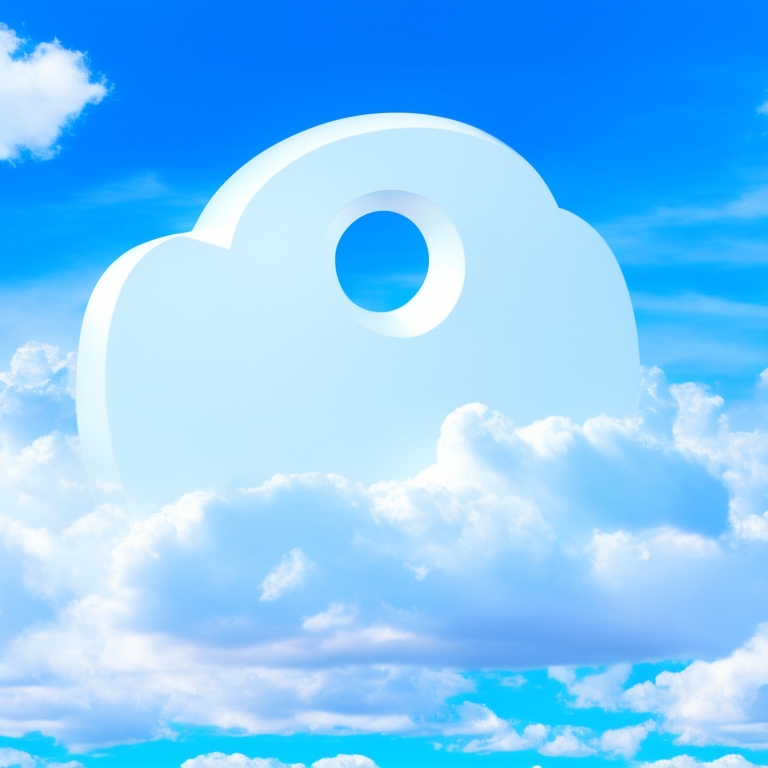How to Lock Your Mac After Closing the Lid
Introduction
You might often close your MacBook when stepping away, assuming it's safe. However, ensuring it locks automatically can prevent unauthorized access to your data. Whether you're a casual user or handle sensitive information, locking your Mac when the lid is closed is crucial for maintaining security and peace of mind.
This comprehensive guide will walk you through various methods to secure your MacBook after closing, from using built-in macOS features to leveraging third-party applications.

Understanding the Importance of Locking Your Mac
Locking your Mac immediately when closing the lid isn’t just convenient; it’s a vital security measure. It keeps unauthorized users from accessing your private data, email accounts, and resources. Especially in public or shared environments, an unlocked Mac can be a gateway to data breaches and privacy violations.
Implementing automatic locking can save you from potential headaches and maintain the integrity of your information.
Using Built-in macOS Features to Automatically Lock
Accessing System Preferences
The first step in setting up your Mac to lock after closing the lid is to navigate to System Preferences. You can do this by clicking on the Apple logo in the top left of your screen and selecting "System Preferences."
Configuring Energy Saver Settings
Within System Preferences, click on "Energy Saver." Here, you can manage the settings related to how and when your Mac sleeps or wakes up. Adjusting these settings is crucial for enabling the lock feature.
Enabling Password Requirement for Wake
To ensure your Mac requires a password upon waking, navigate to "Security & Privacy" within System Preferences. Check the box next to "Require password... after sleep or screen saver begins." This ensures a password is necessary each time your Mac wakes up from sleep or when the lid is opened.
Setting Up Lock-on-Close Feature in macOS
Step-by-Step Guide to System Preferences
- Open "System Preferences" from the Apple menu.
- Select "Security & Privacy."
- Click on the "General" tab and make sure "Require password immediately after sleep or screen saver begins" is enabled.
Adjusting Sleep and Lock Settings
- Go back to "System Preferences."
- Click on "Energy Saver."
- Adjust the "Turn display off after" slider to a preferred duration.
Setting Up a Custom Lock Timing
For more customization: 1. Go to "Energy Saver" in System Preferences. 2. Click on "Schedule…" at the bottom right. 3. Set a custom sleep schedule for your Mac to ensure it locks at specific times.

Leveraging Third-Party Applications for Enhanced Security
While macOS provides robust built-in security features, third-party applications can offer additional security layers and customization options. They can be particularly useful for users needing specific functionalities beyond what macOS offers.
Recommended Third-Party Apps
- Lock Me Now: Automatically locks your MacBook when the lid is closed.
- AMP Mac: Offers enhanced security features including lock timers and alarms.
- Near Lock: Uses proximity detection via iPhone to lock and unlock your Mac.
Installation and Configuration Process
- Download the chosen app from the official website or Mac App Store.
- Follow the installation prompts.
- Configure the settings within the app to match your security needs, such as setting lock timing and enabling alerts.
Pros and Cons of Third-Party Solutions
Pros: - Enhanced customization options - Additional security features like alerts and timers - Often user-friendly interfaces
Cons: - May require purchase/subscription - Potential compatibility issues with macOS updates - Relying on third-party support for troubleshooting

Troubleshooting Common Issues
Sometimes, even after configuring settings, issues can arise.
Sleep Mode vs. Lock Mode Issues
Users often confuse sleep mode with lock mode. Ensure you're differentiating between sleep (low power state but not fully locked) and locked (fully secure and requires password upon wake).
Addressing Software Conflicts
Third-party apps might conflict with macOS updates or other software. Make sure your applications are regularly updated. If conflicts arise, consult the app's support page or Mac forums.
Seeking Customer Support
If troubleshooting steps don’t resolve the issue, contact Apple Support or the third-party app's customer service for detailed assistance.
Best Practices for Maintaining Mac Security
Maintaining ongoing security is just as important as setting it up initially. It's essential to consistently apply best practices and use the available tools to their full potential.
Regular Software Updates
Always keep your macOS and any third-party applications updated to the latest versions to protect against vulnerabilities.
Enabling FileVault
Turn on FileVault to encrypt your Mac’s hard drive, adding an extra layer of security for your data. Find this option under System Preferences > Security & Privacy > FileVault.
Using Strong Passwords and Two-Factor Authentication
Create strong passwords for both your Mac and any accounts accessed through it. Enable two-factor authentication for an added security layer, available under your Apple ID settings.
Conclusion
Securing your Mac by ensuring it locks when closed is an essential step in protecting your data. Whether you rely on built-in macOS features or opt for additional security through third-party apps, implementing these practices can greatly reduce the risk of unauthorized access. Stay vigilant, keep your software updated, and make use of the best security practices to maintain your Mac’s integrity.
Frequently Asked Questions
How do I know if my Mac is locked after closing the lid?
You can check by reopening the lid. If prompted for a password, the lock configuration is correct.
Can I set different lock settings for different user accounts?
Yes, each user account on your Mac can have its own security settings, including password requirements and sleep settings.
What should I do if my Mac doesn't lock automatically?
Review your System Preferences settings, check for software conflicts, and consider contacting support for assistance.



